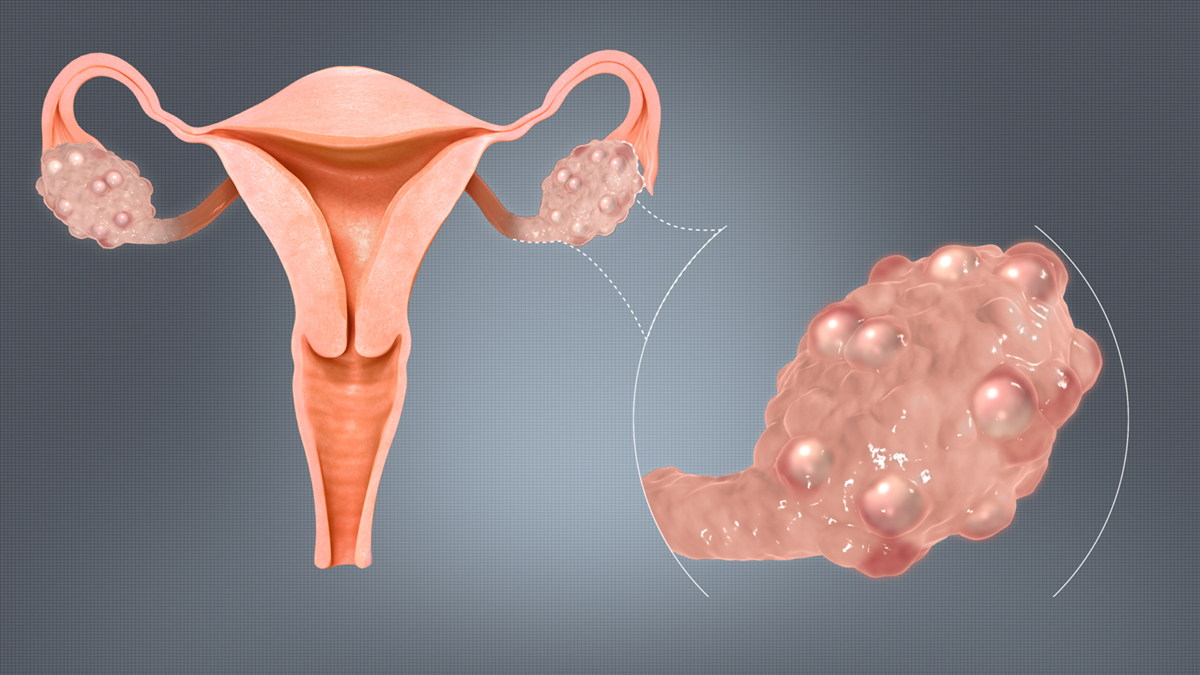
Polycystic ovary syndrome is a medical condition that presents with imbalance of the sex hormones. Namely, a woman often has difficulties with getting pregnant. Additionally, problems regarding menstrual period occur. This disease can also affect the appearance of a woman.
In polycystic ovary syndrome woman's sex hormones are not functioning adequately. Ovaries normally produce rather small amount of male hormones called androgens. But in polycystic ovary syndrome ovaries produce larger amounts of androgens. This can be an explanation of anovulatory periods, onset of acne and additional problems. Women who are suffering from polycystic ovary syndrome may also have problems with insulin, another hormone produced by pancreas. They are prone to insulin resistance and this can consequently result in diabetes.
Symptoms of Polycystic Ovary Syndrome
In the beginning of the disease the symptoms and signs do not have to be so severe. Acne is common in majority of cases. Women who are suffering from polycystic ovary syndrome are prone to obesity and they also have difficulties in weight loss. The facial hair becomes thicker and darker. Apart from that hair becomes even more visible on body parts that are normally covered with thin and barely visible hair. These body parts include chest, belly and back.
Apart from the previously mentioned a woman is suffering from irregular periods or heavy bleeding. Infertility is common in this syndrome as well.
Cause of Polycystic Ovary Syndrome
The actual cause of this syndrome is imbalance of female hormones. This syndrome may run in families. This is why a woman is more likely to get the disease if her mother or grandmother suffered from polycystic ovary syndrome.
In order to set the diagnosis the gynecologist will ask about all the information connected to previous health conditions and menstrual cycles. He/ she will then examine the patient and conduct a certain number of tests. Testing of hormones is essential. Ultrasonography of the genital organs will show the presence of the cysts on ovaries.
Polycystic Ovaries Surgery
In women who are suffering from polycystic ovaries a surgery may be performed in case of infertility. The first option to improve ovulation is to take medications. But if medications do not lead to ovulation a surgical procedure is performed. This way certain numbers of cysts are removed.
Ovarian wedge resection includes the partial removal of the ovary. The goal of this surgery is to improve the menstrual cycle and induce ovulation. However, the possible complication of this surgical procedure is scarring so it is not used very often.
Laparoscopic ovarian drilling can start the ovulation in all those patients who have already tried weight loss and certain fertility medications and have not achieved desirable effects. This surgical procedure is effective in those women who are young and whose body mass index is in the normal range.

















Your thoughts on this
Loading...